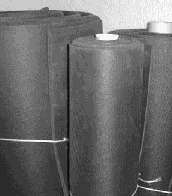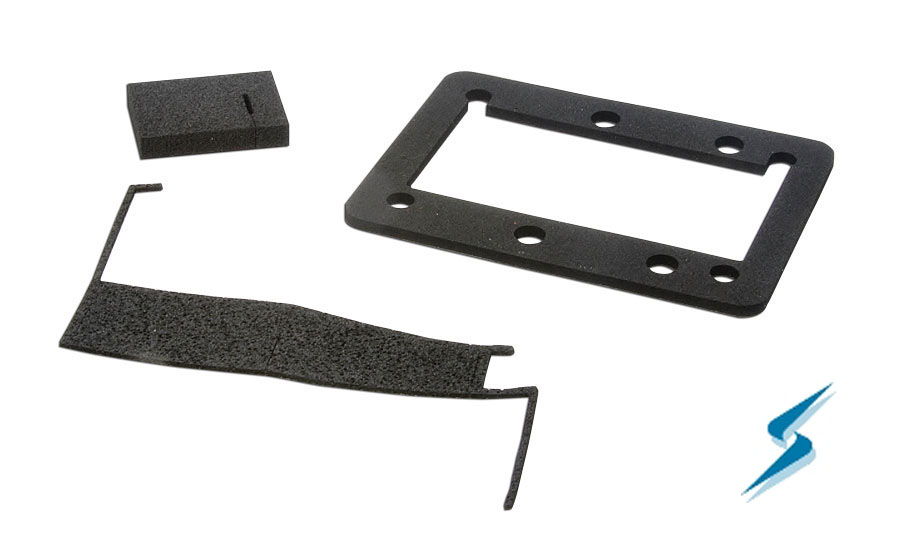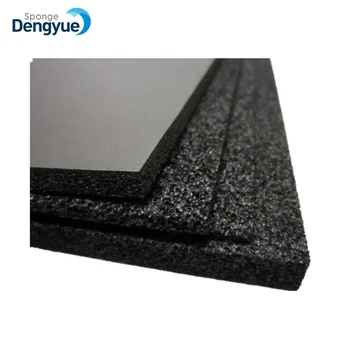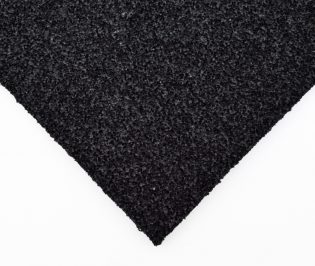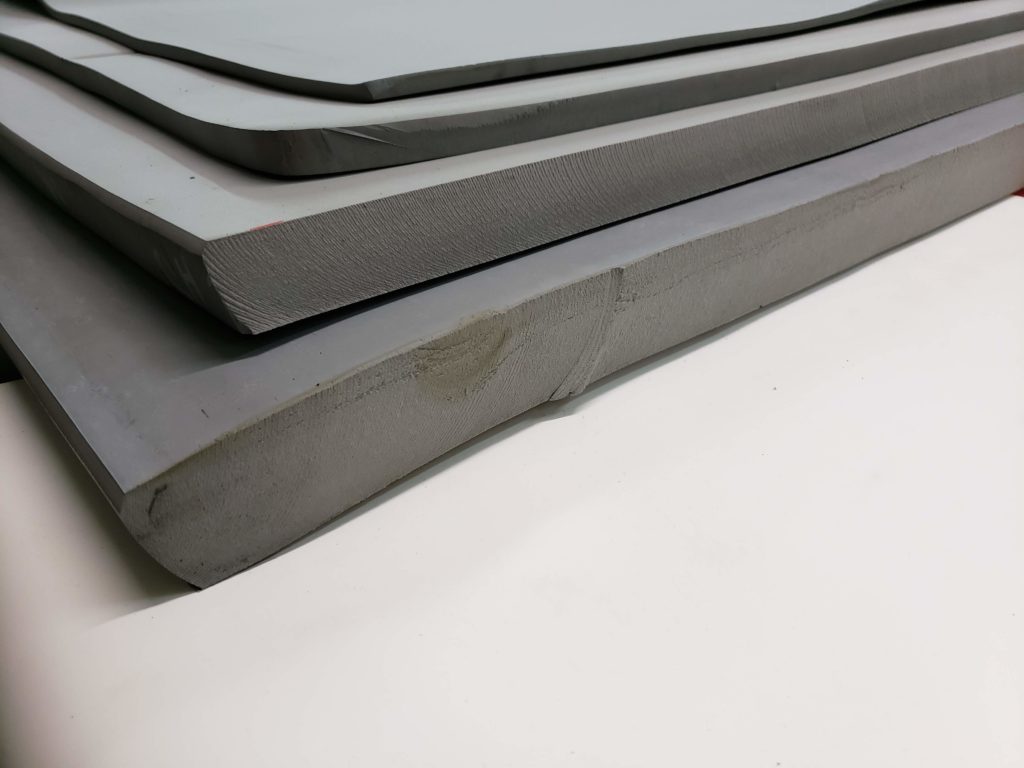Open Cell Neoprene Sponge Rubber
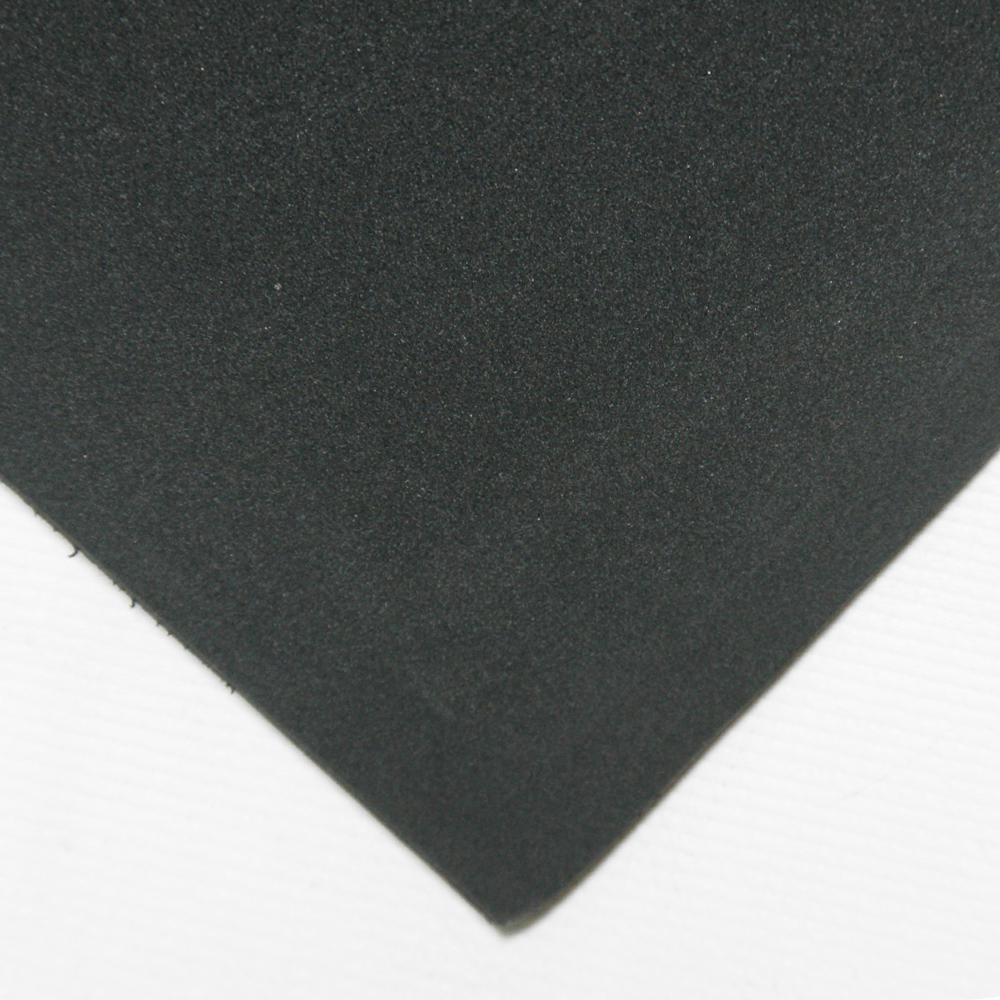
Open cell foam foam is commonly divided into two types of rubber based on cellular structure.
Open cell neoprene sponge rubber. With a great compression rate it can also handle physical abrasions and oil very well. This enables it to combine the physical characteristics of a fully open cell material with the sealing capabilities of a closed cell material. Foam is usually classified as open cell when more than half of its cells are open. This agent gives off a gas which expands the rubber during vulcanization.
Due to this important structural difference closed cell foam rubber normally has higher compressive strengths and lower absorption rates. This open cell rubber contains a blend of sbr and neoprene rubber. Open cell foam is a rubber like product made by incorporating an inflating agent such as sodium bicarbonate into the rubber compound. This form of neoprene sponge is defined by the relative isolation of the gaseous pockets within the material.
A key feature of our open cell epdm sponge is the materials unique cell structure. Closed cell foam is created by forcing gas into the foam while in a liquid state. Despite being referred to as an open cell material this product actually utilises a semi closed cell structure. This causes the formation of thousands of tiny bubbles each one completely sealed off from the ones around it.





